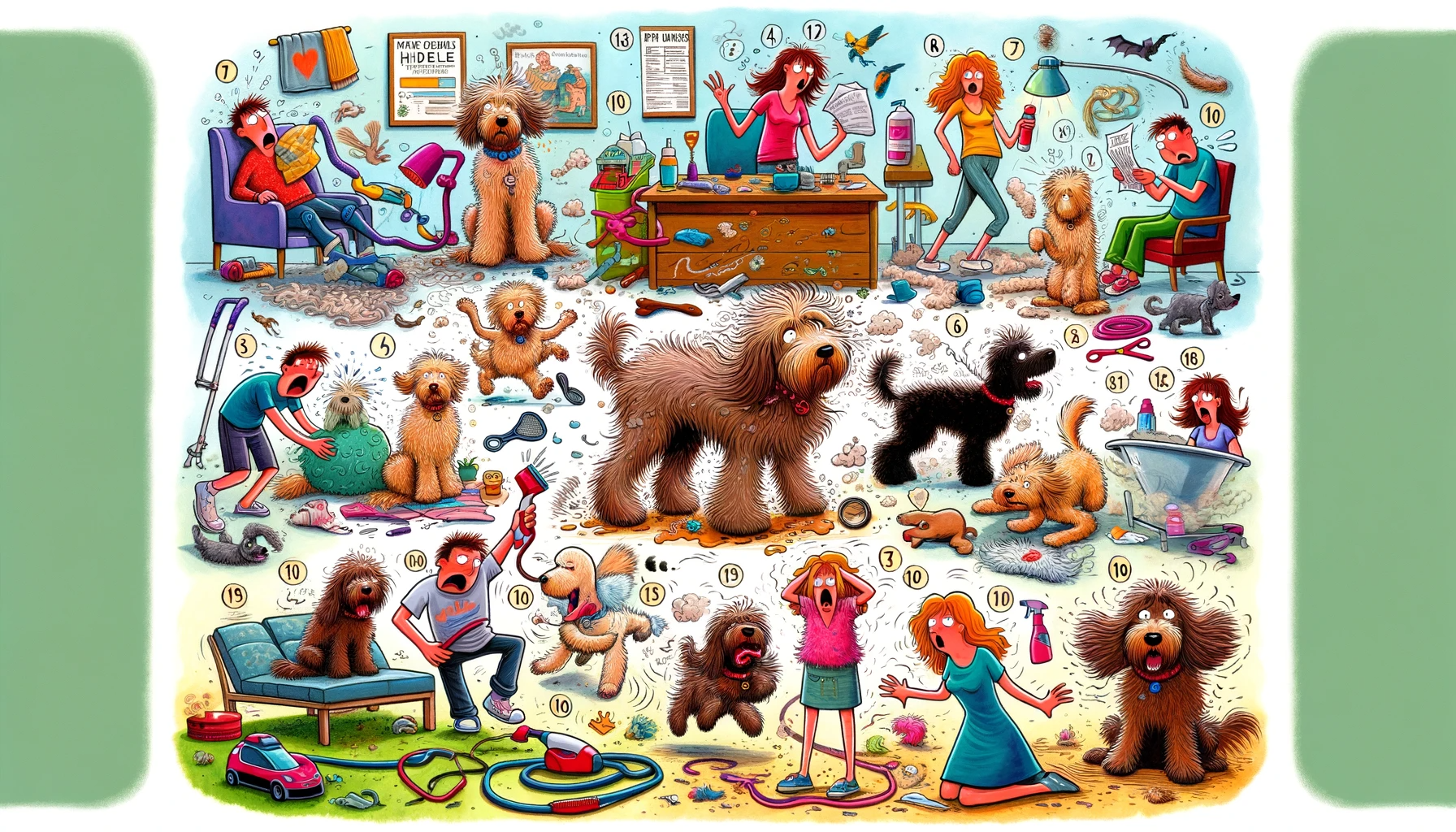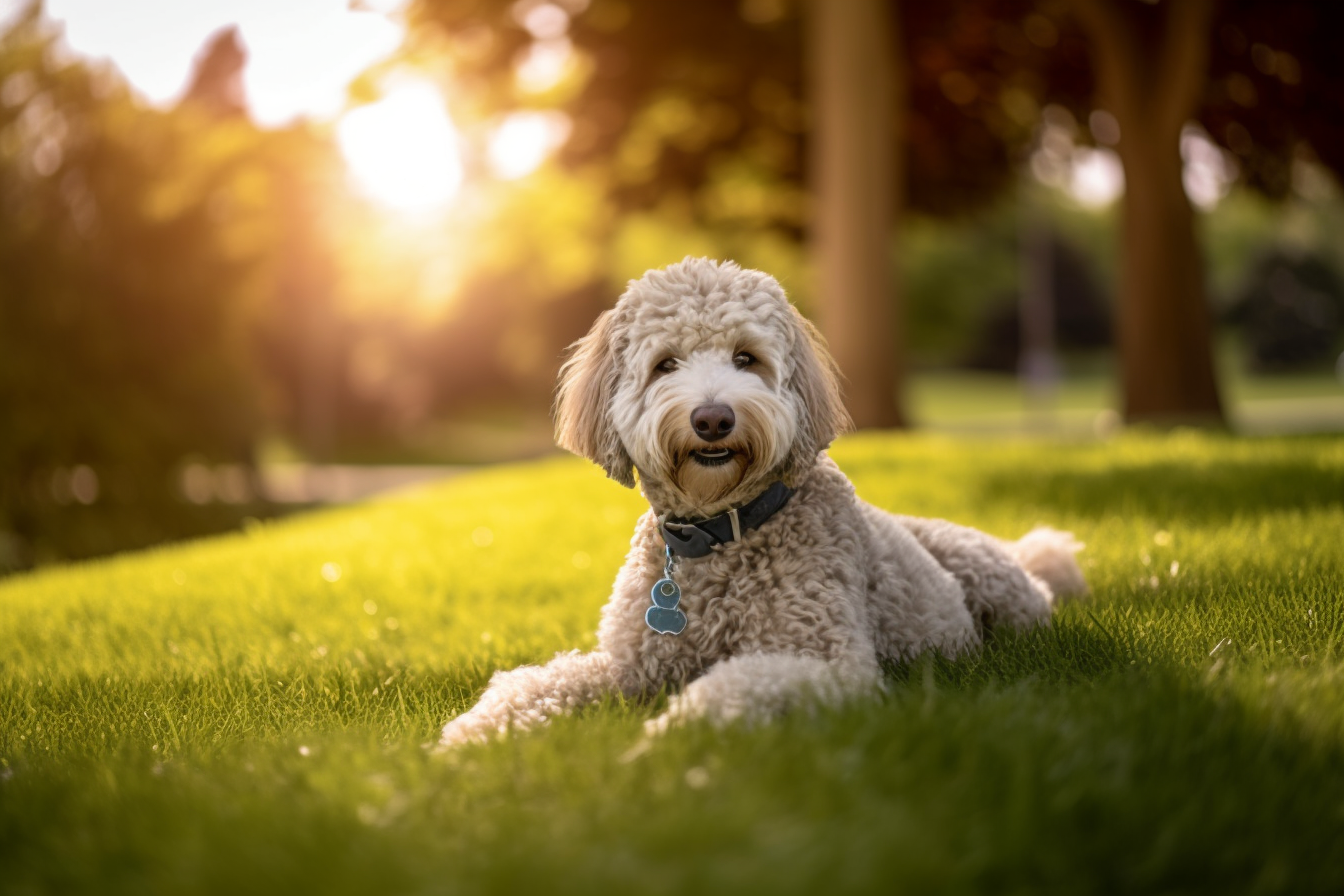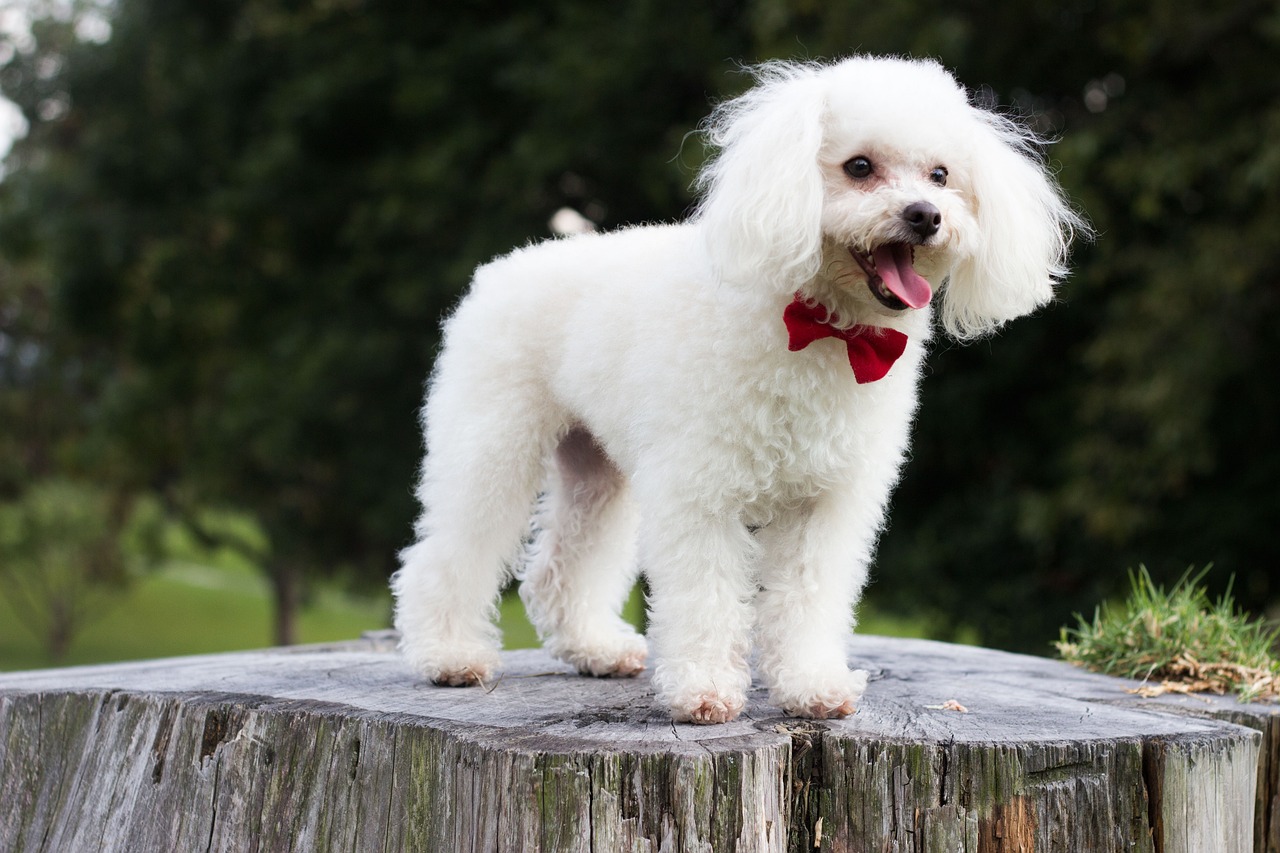1. Grooming Galore!
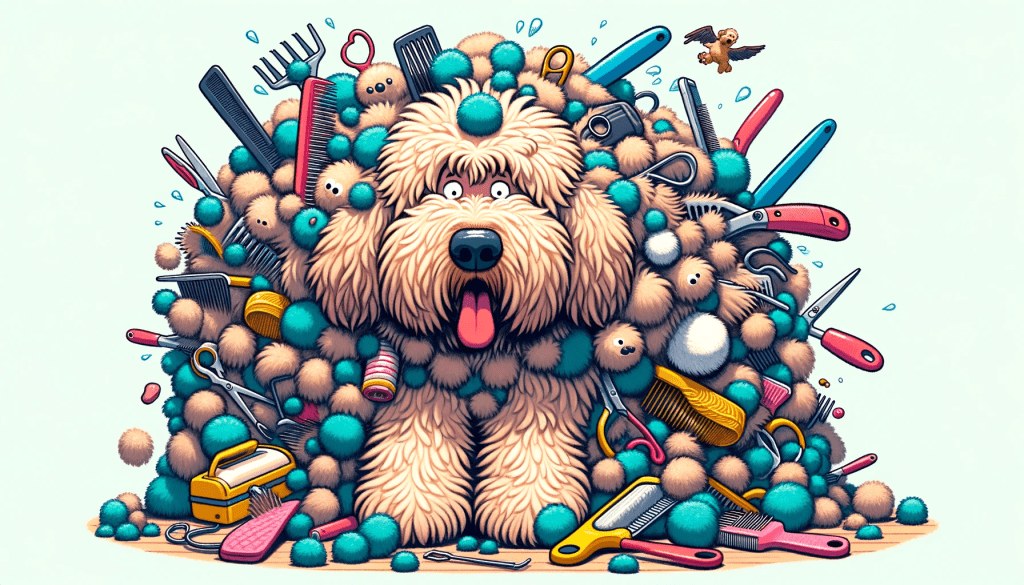
Prepare the brushes.
Labradoodles have a unique coat that combines the traits of Poodles and Labradors, requiring meticulous grooming. Without regular brushing, their fur can quickly become a matted mess, leading to discomfort and potential skin infections. These grooming sessions aren’t just a quick brush-over; they often involve detailed work to prevent tangles and mats. The process can be time-consuming and may require professional grooming services, which adds to the overall cost of care.
Stay vigilant with that comb!
2. Allergy Misconceptions!
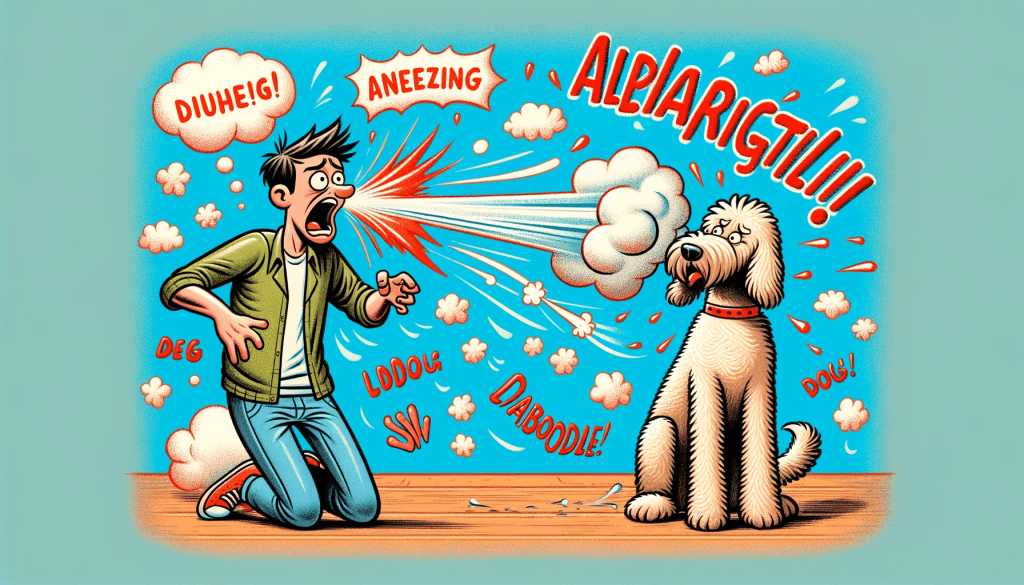

Not always hypoallergenic.
While Labradoodles are often marketed as a hypoallergenic option, this isn’t always the case. Their dander and saliva can still trigger allergic reactions in sensitive individuals, which can be a major disappointment for allergy sufferers. The unpredictability of their coat type – ranging from curly Poodle-like to straighter Labrador-like fur – also plays a role in allergenic potential. This means that choosing a Labradoodle as a pet requires careful consideration and potentially even spending time with the dog before bringing it home.
Check your allergies first!
3. Energy Explosion!
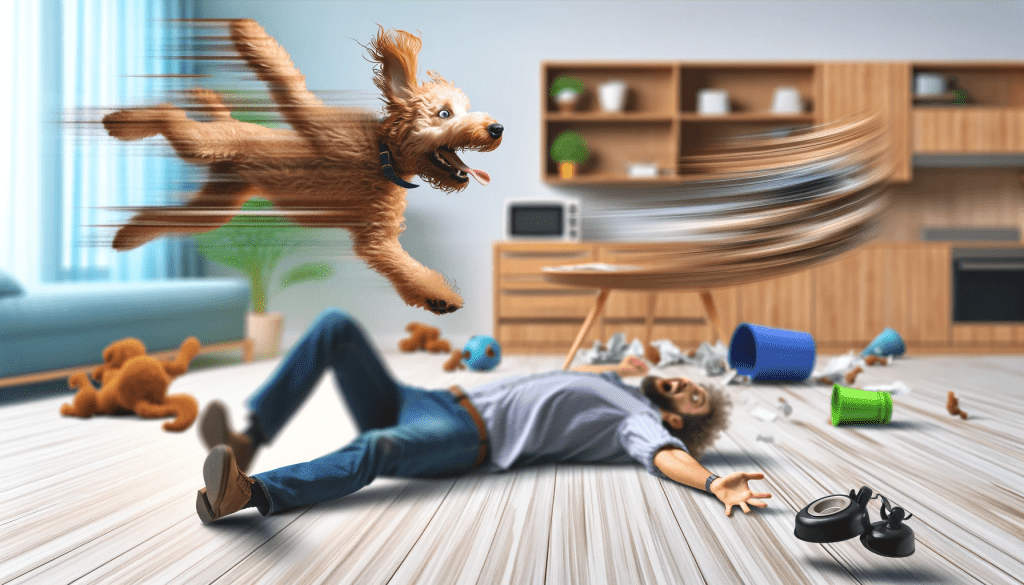

They’re power-packed.
The Labradoodle’s energy levels are through the roof, inherited from their highly active parent breeds. They require extensive daily exercise, not just a leisurely walk around the block. Without sufficient physical and mental stimulation, they can turn to destructive behaviors, such as chewing and digging, as outlets for their energy. This high energy also means they’re not the best fit for a sedentary lifestyle or for those who can’t commit to active daily routines.
Gear up for action!
4. Clingy Companions!


Separation is hard.
Labradoodles often develop deep bonds with their owners, which can lead to separation anxiety when left alone. This anxiety can manifest in undesirable behaviors like incessant barking, destructive chewing, or even attempts to escape. Managing this requires training and sometimes even the help of a professional, adding to the caretaking complexity. It’s essential to gradually acclimate them to being alone and ensure they have stimulating activities during your absence.
Foster independence gently!
5. Health Hurdles!


Vet visits await.
As a mixed breed, Labradoodles can inherit a range of health issues from both Labrador Retrievers and Poodles. This includes hip dysplasia, eye diseases, and ear infections, which can lead to significant veterinary expenses. Regular health check-ups and preventative care are crucial, but even with diligent care, some health issues might still arise. Being aware of and prepared for these potential health challenges is essential for any prospective Labradoodle owner.
Stay proactive with health!
6. Training Trials!
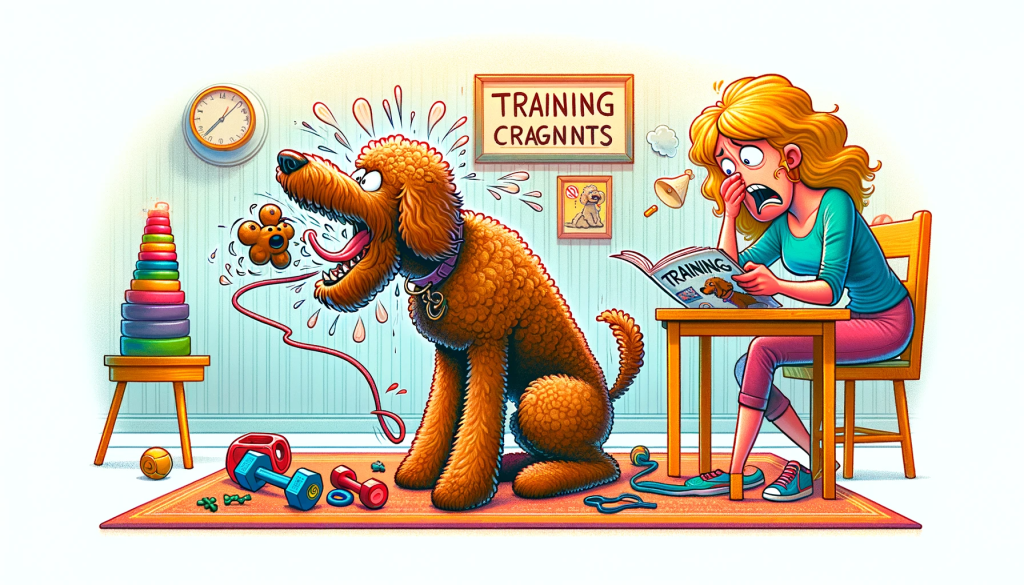

Patience is key.
While intelligent, Labradoodles can exhibit a stubborn streak that makes training a bit of a challenge. They require consistent, positive reinforcement training methods, and skipping this can lead to behavioral problems. These dogs thrive on mental stimulation, so training should be engaging and varied to keep their attention. Additionally, their intelligent nature means they can sometimes be too smart for their own good, finding ways to outsmart their owners.
Engage in consistent training!
7. Shedding Surprises!
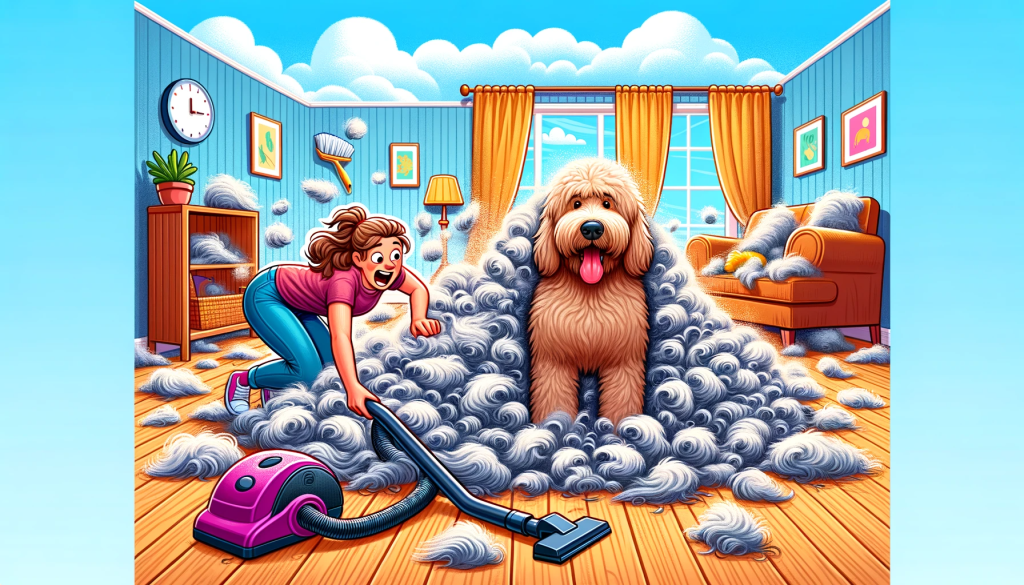

Expect some fur.
Contrary to popular belief, some Labradoodles do shed, and the amount can vary greatly. The shedding can be a nuisance, requiring regular cleaning and vacuuming, especially for those who are particular about cleanliness. For those with mild allergies, even the minimal shedding can be problematic. This factor is often overlooked when choosing a Labradoodle, leading to surprise and sometimes frustration for new owners.
Be ready for cleanup!
8. Space Requirements!
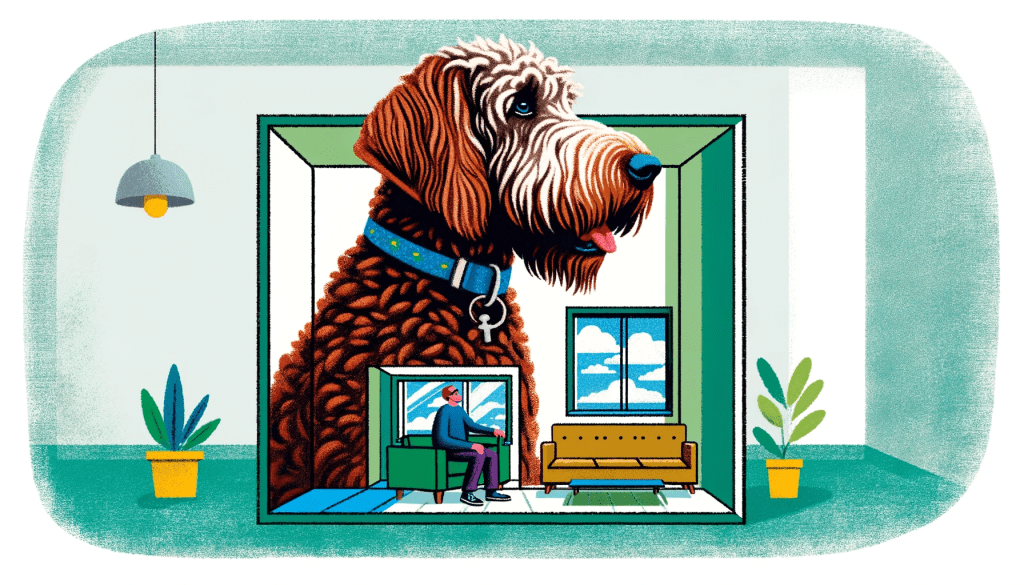

They need room.
Labradoodles are active dogs that require ample space to move, play, and burn off energy. They’re not well-suited for small apartments or homes without access to a yard or open spaces. The lack of adequate space can lead to pent-up energy and subsequent behavioral issues. This means that potential Labradoodle owners need to assess their living situation to ensure it’s suitable for a dog of this size and energy level.
Evaluate your space!
9. Socialization is Crucial!
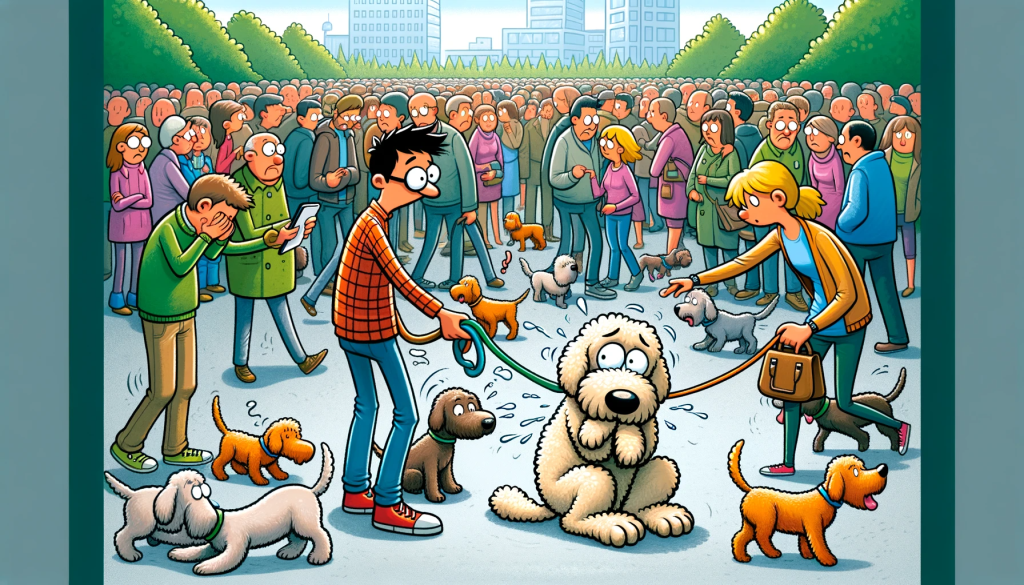

They must mingle.
Proper socialization from a young age is vital for Labradoodles to develop into well-adjusted adult dogs. Without this, they can become timid, fearful, or even aggressive in unfamiliar situations. Socializing a dog requires a significant time commitment, involving exposure to various people, animals, and environments. Neglecting this aspect of their upbringing can result in a dog that is difficult to manage in public or around new people or pets.
Socialize early and often!
10. Demanding Affection!


They crave attention.
Labradoodles are affectionate dogs that demand a lot of attention and interaction from their owners. They’re not the type of dog that can be left alone for long periods without becoming lonely or depressed. This need for constant companionship means they’re best suited for households where someone is frequently home. Their emotional dependency can be overwhelming for people with busy lifestyles or those who travel frequently.
Be ready to give lots of love!

